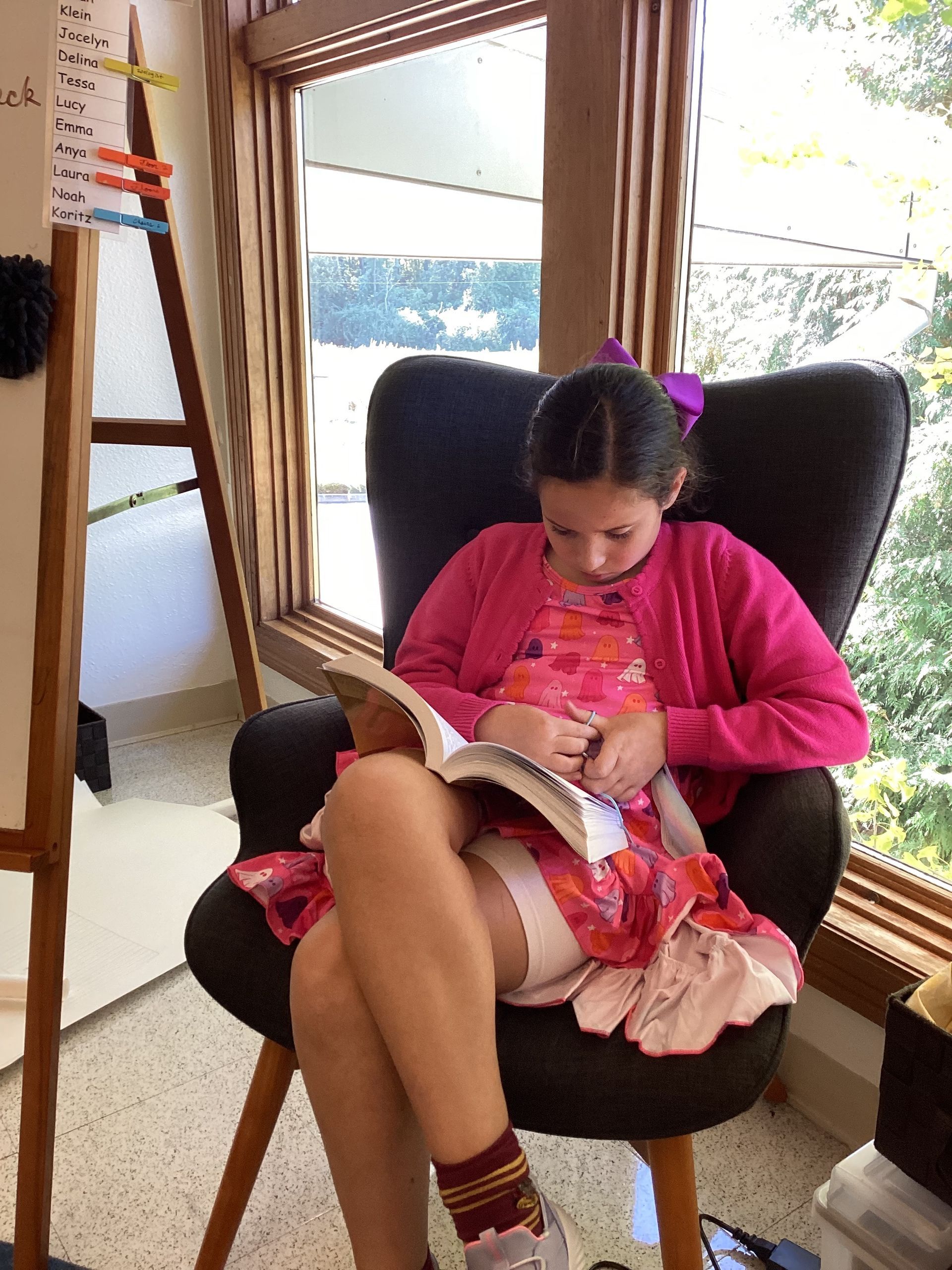In Montessori, we believe in understanding the whole child as a developing human being. We carefully observe how children are interacting with each other and their surroundings. We also partner with families to support children in achieving their full potential. Understanding the role sleep plays in this development is critical.

We have conversations with many parents about difficulties with bedtime and morning routines. You are not alone in this arduous parenting task. Typically, around age 3, the child is discovering their will. They are now socially savvy enough to realize their behaviors can affect change on a given situation.
We work closely with sleep specialists and neurologists (which are also sources from St. Luke’s Hospital) to guide parents and guardians in a science-based way. Here are some common misconceptions surrounding sleep and young children that they’ve shared:
Misconception: The child who doesn’t fall asleep easily at bedtime is just not sleepy.
Separation anxiety, limit testing, and wanting to play longer are all reasons that children frequently resist going to bed despite physiological sleepiness.
Misconception: Children sleep as much as they need.
Up until about age 3 to 4 months, this may be true. After this time, however, parents and caregivers can significantly influence a child’s sleep through scheduling and bedtime routines.
Misconception: Children outgrow all sleep problems.
Most children outgrow problems such as bedwetting, nightmares, and sleepwalking. However, difficulties such as getting a child to fall asleep and multiple awakenings which require a parent’s presence in order for the child to return to sleep are less likely to resolve on their own, and often require changes in the behavior of the parents and child.
Misconception: If a child sleeps poorly at night, you should eliminate or shorten daytime naps.
Eliminating or shortening daytime sleep rarely corrects a nighttime sleep disturbance, and sometimes makes the situation worse.
Management of Your Child’s Bedtime Routine
Setting and maintaining a consistent bedtime for your child will go a long way. Children love to spend time with a parent, but sometimes a young child will fight to stay awake to be with a parent, and interact with that parent, even when they are sleepy. Waiting until your child asks to go to bed will have them up very late in most cases, and your child can become significantly sleep deprived.
You can help your child draw a close to each day and obtain adequate sleep by establishing a pleasant and realistic bedtime routine that involves some firm rules.
Experimentation with boundaries is a form of learning. This testing, while difficult to go through, is an important part of your child’s development. It is from here that their basis for social and emotional interactions are born. These tests are, in reality, some of your child’s first scientific experiments.
Your child is evaluating questions like: “Do I have to go to bed when they say?” “Am I safe to go to sleep here?” “Can I do this on my own?”
Their behaviors test these questions and your response gives them results. Even the simple task of sitting with them can send the message that they need you there to fall asleep.
Podcast Recommendation: Solving Toddler Sleep Issues with Sleep Expert Lisa Sunbury
“She feels like she’s supporting her child in staying with her for hours so that she can go to sleep in her bed. But with toddlers, sometimes the message that they might get is that something is wrong, that they’re not safe, that they can’t do this on their own if the parent is staying. The parent is conflicted about leaving.”
Your child is new to navigating big emotions and external obligations. We as adults sometimes struggle with these same things. Your child is experimenting to find what works and what doesn’t. The behaviors we respond to now will go into the child’s toolbox, and they will remember, “This is how I can change things.”
It is our job as caretakers of young children to help them to fill their toolbox with positive resources for the job; tools we would be happy to see them using with their grandparents, their teachers, their peers, their future coworkers and partners.
This testing won’t stop overnight, but if all adults remain consistent and give that empowering “You can do this” message, the results will amaze. Please let us know how it’s going, we are here to help.
To Learn More
For more information about how much sleep is needed at each stage of development, visit The National Sleep Foundation.
For information about healthy sleep hygiene for children visit Sleep Foundation.
And if you want to learn more about the science behind sleep, be sure to read Why We Sleep: Unlocking the Power of Sleep and Dreams, by Matthew Walker, Ph.D.
To schedule a tour of our school, click here.





